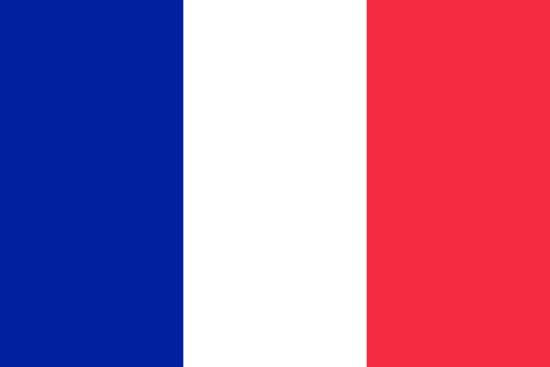"La plus belle ville du monde | The most beautiful city in the world"
About:
Marseille, France's oldest city, was founded by Greek mariners from Phocaea around 600 BCE. Known as Massalia, it became a significant trading port in the ancient world. After Roman conquest in 49 BCE, it remained an important Mediterranean hub. The city saw periods of prosperity and decline throughout the Middle Ages and Renaissance. In the 19th century, industrialization spurred growth. Heavily damaged during WWII, Marseille underwent major reconstruction. Today, it's a vibrant, multicultural metropolis and major economic center.
When to visit:
Marseille, located in the south of France, experiences a Mediterranean climate with hot summers and mild winters. The peak tourist season in Marseille is during the summer months of June to August, when the city is bustling with visitors enjoying the sunny weather and outdoor activities. However, the shoulder seasons of spring (April to May) and autumn (September to October) offer pleasant weather with fewer crowds, making it an ideal time to explore the city's attractions at a more leisurely pace. For those looking to avoid the crowds and enjoy mild temperatures, visiting Marseille during the off-peak months of November to March can provide a quieter and more authentic experience of the city.
When to avoid:
Traveling to Marseille during the peak summer months of July and August can be challenging due to the high number of visitors and soaring temperatures. The city experiences crowded beaches, long queues at popular tourist attractions, and limited availability of accommodations during this time. Additionally, prices for flights and hotels tend to be at their highest, making it less budget-friendly for travelers. It is advisable to plan your trip during the shoulder seasons of spring or fall to avoid the crowds and enjoy more comfortable weather conditions in Marseille.
Winter (Dec-Feb)
Marseille's coldest and wettest period is typically December through February, with January being the coldest month. Average temperatures range from 4°C to 12°C. Rainfall is highest in December, averaging about 55mm. The city sees about 5 hours of sunlight per day during this period, with frequent cloud cover. An average day for a visitor might involve chilly mornings and evenings with occasional rain, though the afternoons can be milder. The Mistral wind, common in this region, can make the temperature feel colder. Despite the weather, indoor attractions like museums and cafés remain vibrant and busy.
Summer (June-August)
The warmest part of the year in Marseille, France, typically spans from June to September. During this period, temperatures average between 25°C (77°F) to 30°C (86°F), with July and August being the hottest months. Rainfall is usually minimal, with July being the driest month. You can expect around 10 to 12 hours of sunlight per day, providing plenty of daylight for outdoor activities.
Humidity is generally low to moderate during these months, making the heat more tolerable. Cloudiness is also less prevalent, with clear, blue skies dominating the season.
A typical day for a visitor during this time would feel warm to hot, especially in the afternoon. However, the heat is usually dry rather than muggy, thanks to the lower humidity. The mornings and evenings are more comfortable, with cooler temperatures. There's a high chance of experiencing sunny, cloudless days, perfect for sightseeing, beach activities, or relaxing at a café. Despite the warm temperatures, it's advisable to stay hydrated and wear sun protection due to the extended hours of sunlight.
Language:
Marseille, located in the South of France, predominantly speaks French as it is the official language of the country. However, due to its history as a port city and immigration, other languages such as Arabic, Italian, Spanish, and English are also spoken. Additionally, some older residents may speak Provençal, a dialect of Occitan, which was traditionally spoken in the region.




